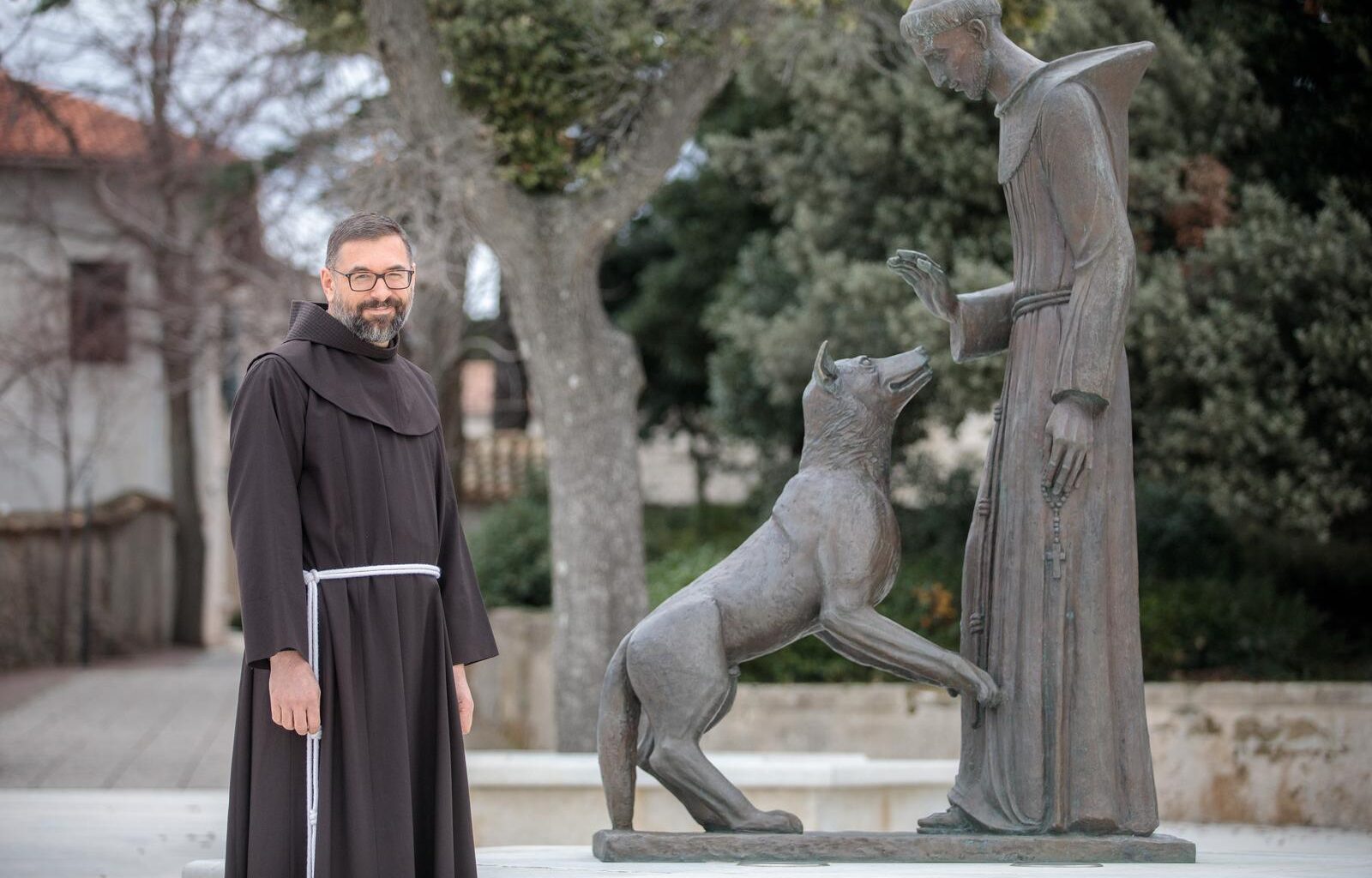October the 23rd, 2025 – Košljun is a place that few talk about. This Croatian island is smaller than a football pitch, is home to nobody but friars, 30,000 books and 400 species of plant life.
As Putni kofer/Ivana Vasarevic writes, its total area spans only 0.072 square kilometres, its coastline stretches for 1.08 kilometres, and its highest point reaches only six metres above sea level. However, the islet of Košljun, which is only 750 metres from Punat on the popular island of Krk, is a forest nature reserve and cultural monument. It’s also known far and wide for its Franciscan monastery, its museum with an impressive ethnographic collection, which is home to numerous items from fishermen and peasants from Krk, as well as beautiful folk costumes from the entire island of Krk. It will take you a little over two hours to tour this hidden Adriatic paradise, during which you will enjoy absolute peace and quiet, because there is not a single catering or hospitality facility on Košljun.
home to one of the only surviving copies of a very valuable venetian book
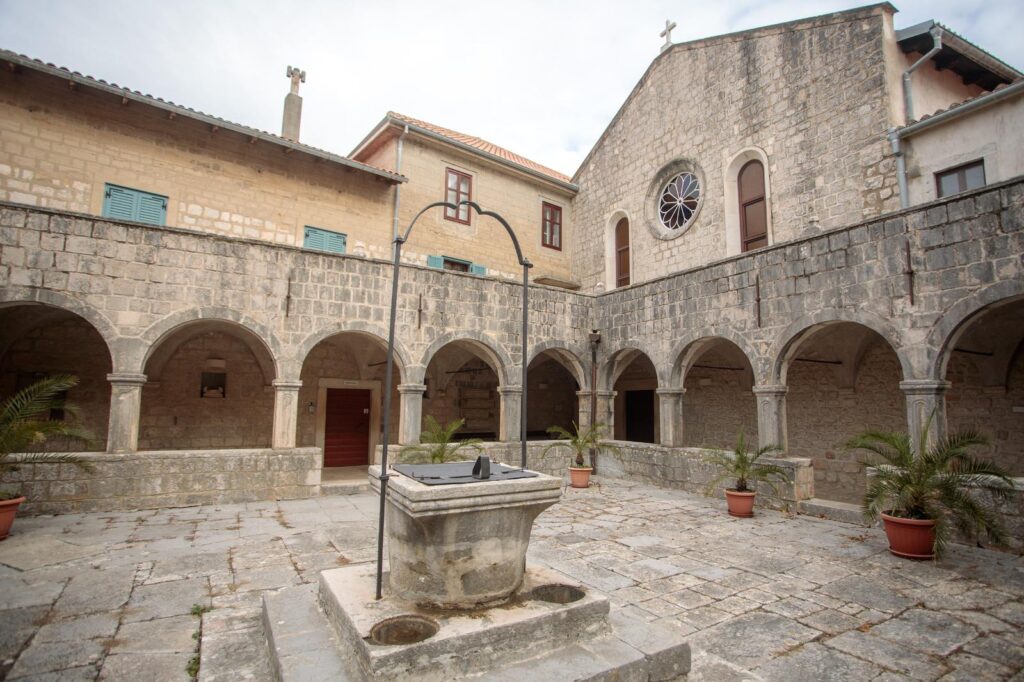 Nel Pavletic/PIXSELL
Nel Pavletic/PIXSELL
The monastery mentioned earlier was declared a zero-category monument. It has a rich zoological collection, including a one-eyed lamb and an impressive library boasting around 30,000 books! One of them is Ptolemy’s Atlas, printed in Venice way back in 1511, one of only three surviving copies in the world. This fascinating Croatian island also has two beautiful churches, the Annunciation and St. Bernardine.
The Košljun Ethnographic Museum is definitely the place that will best illustrate what life on the island of Krk once looked like. Ship models, wooden utensils, tools for working out in the fields and making cheese, local musical instruments, tools for the wool and weaving industries, ceramics… All of the above are kept in this magical place.
If you were to ask the scientists, the islet of Košljun was created thanks to movements in the earth’s crust, meaning that the sea penetrated Puntarska draga around Košljun, and Košljun itself, which was actually a small hill, became an islet. The whole process lasted for thousands of years, but people are, of course, much more interested in the ancient legend about just how this tiny Croatian island came to be…
a war between two brothers…
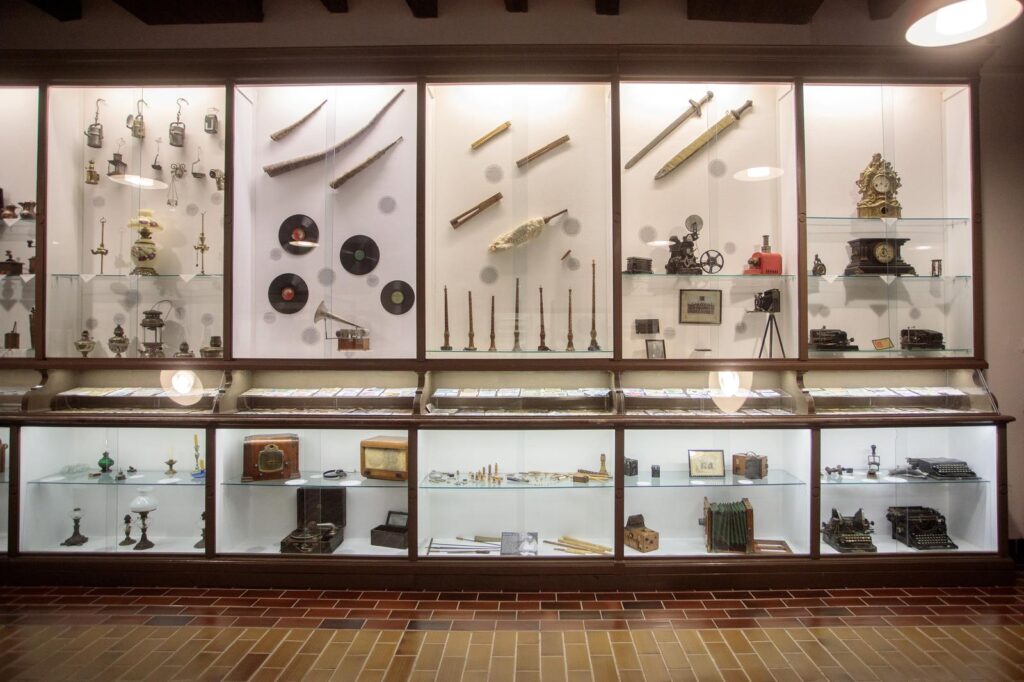 Nel Pavletic/PIXSELL
Nel Pavletic/PIXSELL
The legend says that Puntarska draga was once a very large field which belonged to two brothers, one of whom was blind. When the time came to divide the grain between them, the seeing brother deceived the blind one. When he realised what had happened, he cried out: “God, avenge me”. As soon as he said this, the sea apparently swelled, showing off all its power, and flooding the fertile field. The part where the blind brother’s house and gardens were located mysteriously remained dry. When he himself was dying, he donated his entire estate to the friars. They asked him to build the Church of St. Mary there, where they would guard his grave and pray for the repose of his soul.
As “proof” of this story, fans of the legend claim that the sea at the entrance to Puntarska draga is actually very shallow, which is why larger ships could never sail into it until the end of the 19th century. Even today, long dry stone walls can be seen sitting in that same sea, for which there is no logical explanation.
the croatian island home to nobody but friars
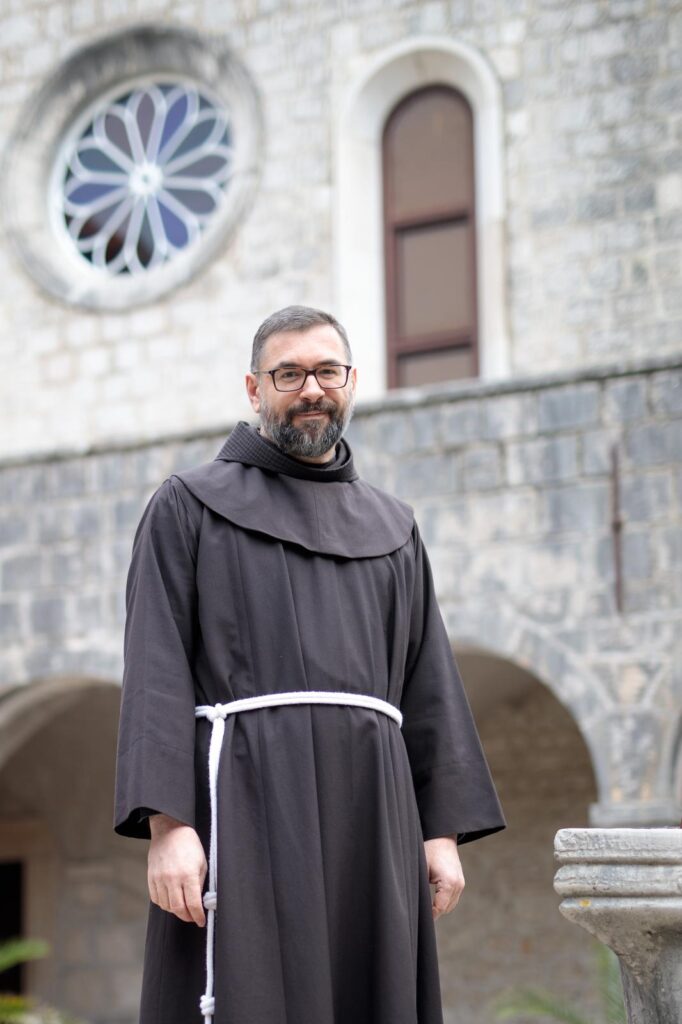 Nel Pavletic/PIXSELL
Nel Pavletic/PIXSELL
According to archaeological findings, the history of life this islet dates back to pre-Christian times. During the Roman era, there was a fortified villa rustica, a summer residence or castellum, and Košljun was named after this Latin word. A Glagolitic Benedictine abbey was founded on the island during the 11th century, and the sanctuary of St. Mary of Košljun became the heart of religious, cultural and national life for the entire island of Krk and its surroundings.
During the 15th century, or more precisely in 1447, at the invitation of the Frankopan princes of Krk, the Franciscans arrived on Košljun. They took over the dilapidated bridge and renovated it, building a monastery according to the guidelines of St. Bernardine of Siena, a Franciscan reformer. This small Croatian island then became one of the most important spiritual centres in all of Kvarner, and the Franciscans (friars) have remained its only permanent residents to this day, living there under the motto “pray and work”.
home to 400 species of plant and the final resting place of marija katarina…
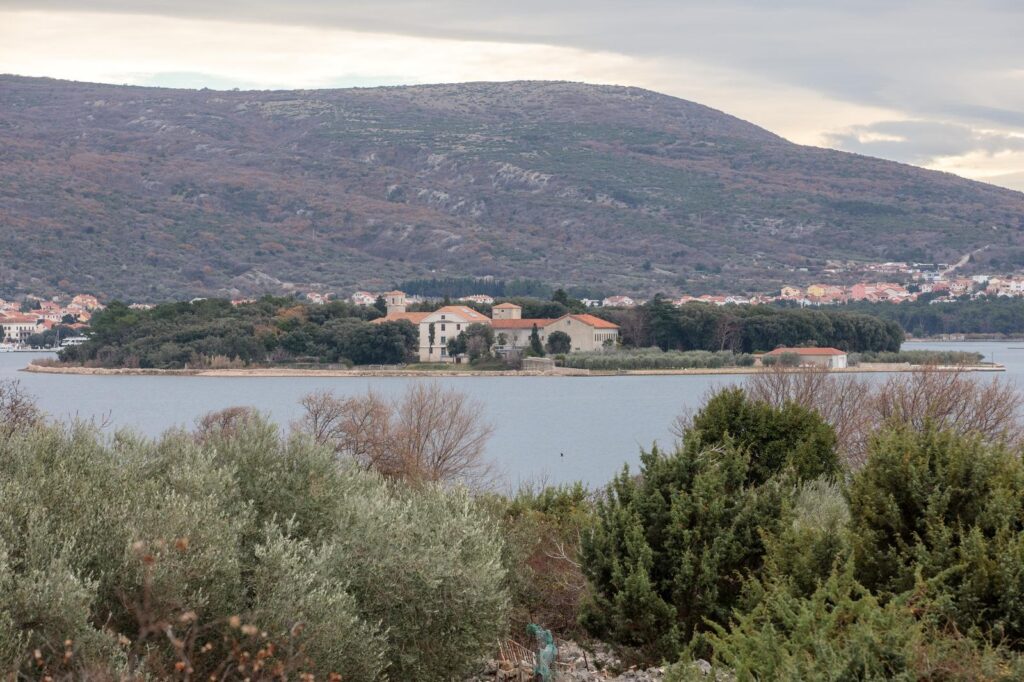 Nel Pavletic/PIXSELL
Nel Pavletic/PIXSELL
Marija Katarina, daughter of Ivan VII. Frankopan, also left 1000 ducats to those same friars in her will, but with the condition that she be buried on Košljun, “in the land of her fathers”. Although she died in 1520, she was only transferred to the islet in 1529, where her grave with the original tombstone can still be visited today. In the harbour on the western side of the island, a figure of St. Francis with a wolf stands proudly. It is otherwise the most common depiction of this saint and founder of the Franciscan order. In addition to all of the above, Košljun is also a place where as many as 400 plant species grow, which makes it a natural treasure trove, and its chapels in nature also give it a special charm. These are the Nativity Chapel from 1651, which houses valuable Baroque statues, the Chapel of the Holy Cross from 1579, with a crucifix that wept on March 25, 1723 and was carried in processions to prevent rain, the Chapel of St. Francis from 1654, and the Cave of Our Lady of Lourdes from 1914, which is a popular pilgrimage site.
Subscribe to our newsletter
the fields marked with * are required
